Transhistorical and Global Views of Texts, People, Concepts, and Objects
Why Do Global Views Matter?
The breadth of the CAIRN database allows us to gather an understanding of general trends in visual representations pertaining to a certain group of people, a concept, a text, or even objects. If we keep in mind, let’s say, that European illustrations betray the lens through which European populations saw the world, we can look at their visual representations for evidence of these perspectives. Illustrations of Indigenous populations of the Americas as seen by Europeans, for instance, are always depicted through a Christian and othering lens. Because of this, it is important to keep in mind that the image might reveal less about the various Indigenous populations they represent, and more about the way Europeans perceived said cultures. One of the research challenges that our detailed metadata will help us address is finding ways of overcoming the white patriarchy evident in early modern visual culture.
Similarly, in the case of the Cid, the CEMVC’s critical introduction describes how overtime, Jimena’s depiction becomes more conservative. These increasingly conservative renditions have less to do with the context to which the Cid belongs (which remains medieval) but rather reflects how different countries and eras interpreted and understood the medieval period. This kind of comprehensive comparison is especially interesting when working with a single text (i.e. Mio Cid, La Celestina, Gulliver’s Travels, etc.) with multiple editions spanning centuries.
Fish in Context
Let’s consider a different example: if we search for “fish” in the CAIRN database, the search will be populated with all images tagged with this term. At present, most results belong to images in the “European Illustrations of Indigenous Peoples of the Americas” collection, but also some examples belong to the “Gulliver’s Travels” and “Vanity Fair” collections. Further refining the search to include only those images belonging to the “European Illustrations of Indigenous Peoples of the Americas” collection, we create a focused, thematically coherent data set interested in how fish relate to Indigenous people from a European perspective. The images originate from different European countries and comprise cultural representations of various Indigenous populations, written at different times and in a number of languages. In this context, the search for “fish” pertains to several Indigenous practices, including food preparation, fishing, food transportation, and storage. By pulling up all images tagged with a relevant label, we are able to quickly gather a general idea of what Europeans saw as a significant use of fish by different Indigenous communities. As such, we can understand what European-centric representations of the Americas focus on. In tandem, we can re-narrativize the content of the image by researching Indigenous relationships with fish and by acknowledging their authority and knowledge when it comes to fish. By bringing these perspectives into dialogue with a European image, we upset the power dynamics of the image.
More Possibilities
The above mentioned examples are just some of the ways in which having a large amount of visual data can help researchers form a global understanding of the visual material housed in the CAIRN database. The overarching global view of the data can help us better grasp the visual culture of things, objects, and people beyond the textual or literary material itself. The breadth of its contents also helps us understand visual history, as preferences for one illustration technique and the possibilities it offers overpowers and displaces another.



